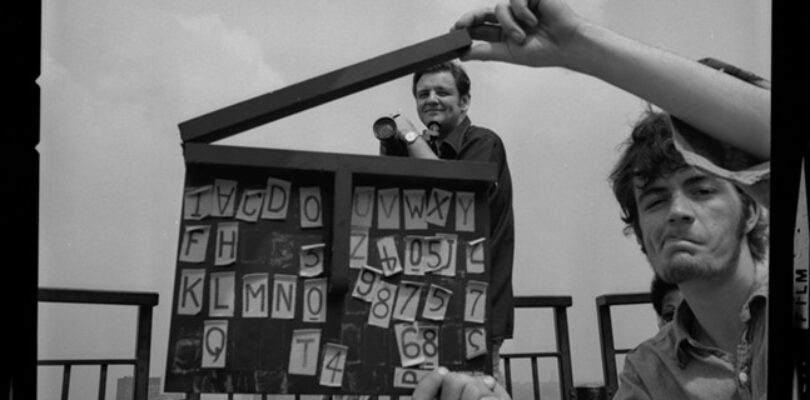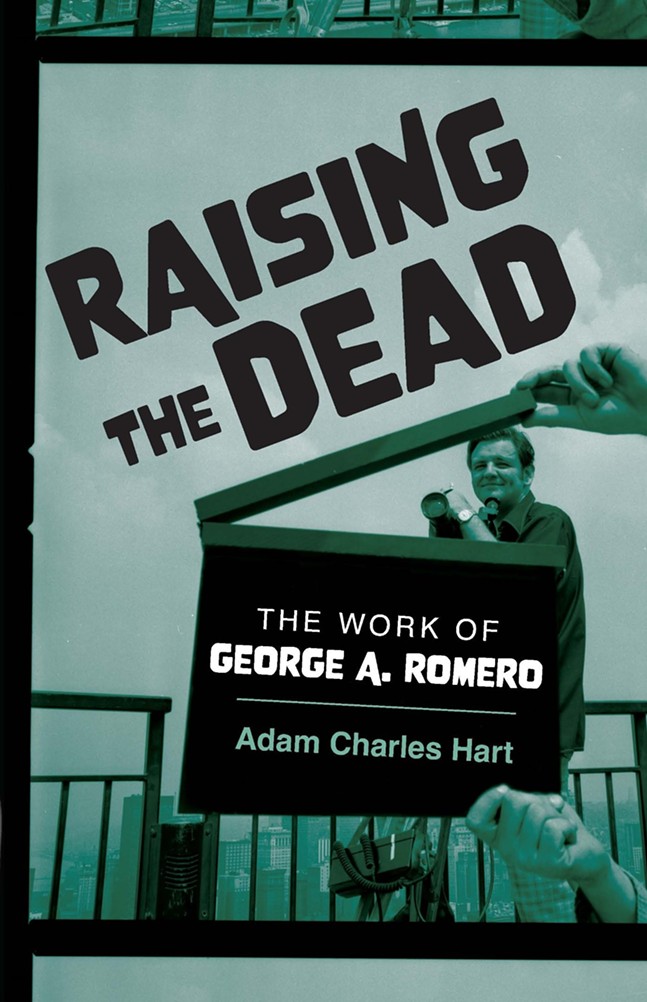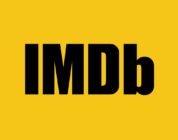Photo: University of Pittsburgh Library System, Archives & Special Collections
Photo negative of George A. Romero on Mt. Washington
Adam Charles Hart watched his first George A. Romero film as many fans of a certain age did — on a random VHS tape. The author and film studies educator recalls how, when he was a teen, his mother brought home a copy of Dawn of the Dead knowing nothing about it.
“I don’t think I was ready for what it was,” Hart, now 42, tells Pittsburgh City Paper with a laugh. “Not that I was too young, but I just wasn’t used to seeing that kind of in-your-face gore. But it really stuck with me.”
It wasn’t until years later in college, during a movie night with friends, that he experienced Night of the Living Dead, the 1968 work that launched Romero’s feature filmmaking career, invented a whole new subgenre of horror, and put Pittsburgh on the map as the unofficial zombie capital of the world.
“My friends just put it on wanting to laugh at a cheesy old horror movie,” he says. “And I just remember watching it and getting increasingly into the movie and into how stylish and weird and smart it was, while at the same time getting increasingly frustrated with my friends for not shutting up and just watching the movie.”
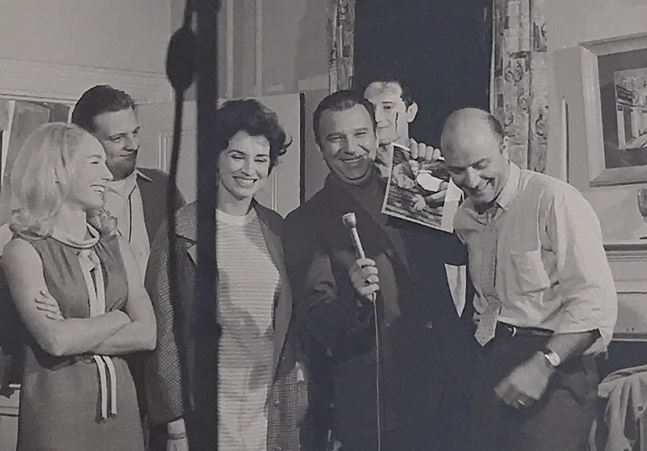
Photo: University of Pittsburgh Library System, Archives & Special Collections
Behind-the-scenes image of the Night of the Living Dead cast and crew
Based on his career path, the viewings left an impact on Hart, a West Coast native who settled in Pittsburgh to help create and build the University of Pittsburgh Library Systems Horror Studies Archive and the George A. Romero Archival Collection. The latter required Hart, then a visiting researcher, to spend several years sifting through the late filmmaker’s vast trove of unproduced scripts, notes, and other curiosities.
Now, Hart has set out to introduce a never-before-seen side of the influential filmmaker with Raising the Dead: The Work of George A. Romero, a new book published by Oxford University Press. A description promises a comprehensive look at the “expansive, extraordinary body of work found in Romero’s archive, going beyond his iconic zombie movies into a deep and varied collection of writings that never made it to the big screen.”
The book shows how, despite Romero’s contributions to horror, the Pittsburgh-based filmmaker more than dabbled in other genres, and drew inspiration from art-house directors like Swedish auteur Ingmar Bergman (as Hart explains, Romero even wrote his own Bergman-esque script called Whine of the Fawn).
Hart will discuss the book on Thu., March 28 during an event at Carnegie Mellon University, the school Romero attended back when it was the Carnegie Institute of Technology.
While the book comes from an academic background, Hart says he intended to write something that would resonate with a wider, movie-loving audience.
“I’m really trying to find that balance, where I can do the kind of deep-dive, scholarly research, but make it accessible, make it so that anybody who’s interested in the topic can pick it up and understand it and hopefully enjoy it,” he says. “But it doesn’t have to be written just for film studies grad students, which, it’s fine if you want to do that, but even that is a very rapidly shrinking audience just on its own.”
Hart says Raising the Dead comes at a time when Romero’s unseen or underseen works have finally become more available. Once nearly impossible to find, the 1977 Braddock-shot vampire film Martin recently found new, 4K-restored life on Blu-ray, and started streaming on Tubi and other platforms. The horror streaming service Shudder stepped in to showcase Romero’s other unsung releases, including the short film The Amusement Park and the occult-driven Season of the Witch. In 2022, Pitt also unearthed and screened Jacaranda Joe, a Bigfoot movie Romero made with students at a Florida college.
The timing of the book also coincides with the 45th anniversary of Dawn of the Dead, a milestone being celebrated with screenings across North America, including on Fri., April 12 at the Monroeville Mall, where most of the film was shot.
Hart points out that Romero’s filmography only scratches the surface of his creative output, as his archive illuminates the many genre-spanning ideas that never came to fruition. To that end, Hart wanted Raising the Dead to capture the enthusiasm and imagination that drove the Brooklyn-born filmmaker.
“Trying to convey just how delightful his personality is to readers was the thing that I spent the most time focusing on,” Hart says. “He’s got this chatty storyteller, get-a-load-of-this kind of tone. It’s really engaging, it’s really fun … I wanted to convey just how much joy he seemed to get out of writing, how much satisfaction he got out of it, but also how much of himself he put on the page.”
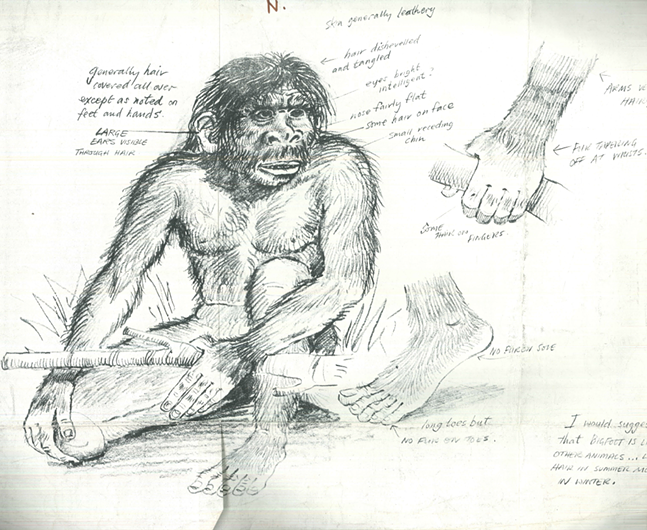
Photo: University of Pittsburgh Library System, Archives & Special Collections
Bigfoot design for the George A. Romero film Jacaranda Joe
Overall, Hart’s approach to his book mirrors that of Romero, who commented on important topics, ranging from the civil rights movement to rampant consumerism, by packaging them in entertaining horror films.
“I think the thing that makes Romero so interesting is that he seems to have realized that very early on,” he says. “He realized he could use horror to explore these sorts of questions while still making accessible movies, while still making movies that people wanted to see.”
Raising the Dead: A Talk By Adam Charles Hart. 5:30-7:30 p.m. Thu., March 28. Carnegie Mellon University. 4919 Frew St., College of Fine Arts Room 111
Oakland. Free. studioforcreativeinquiry.org

